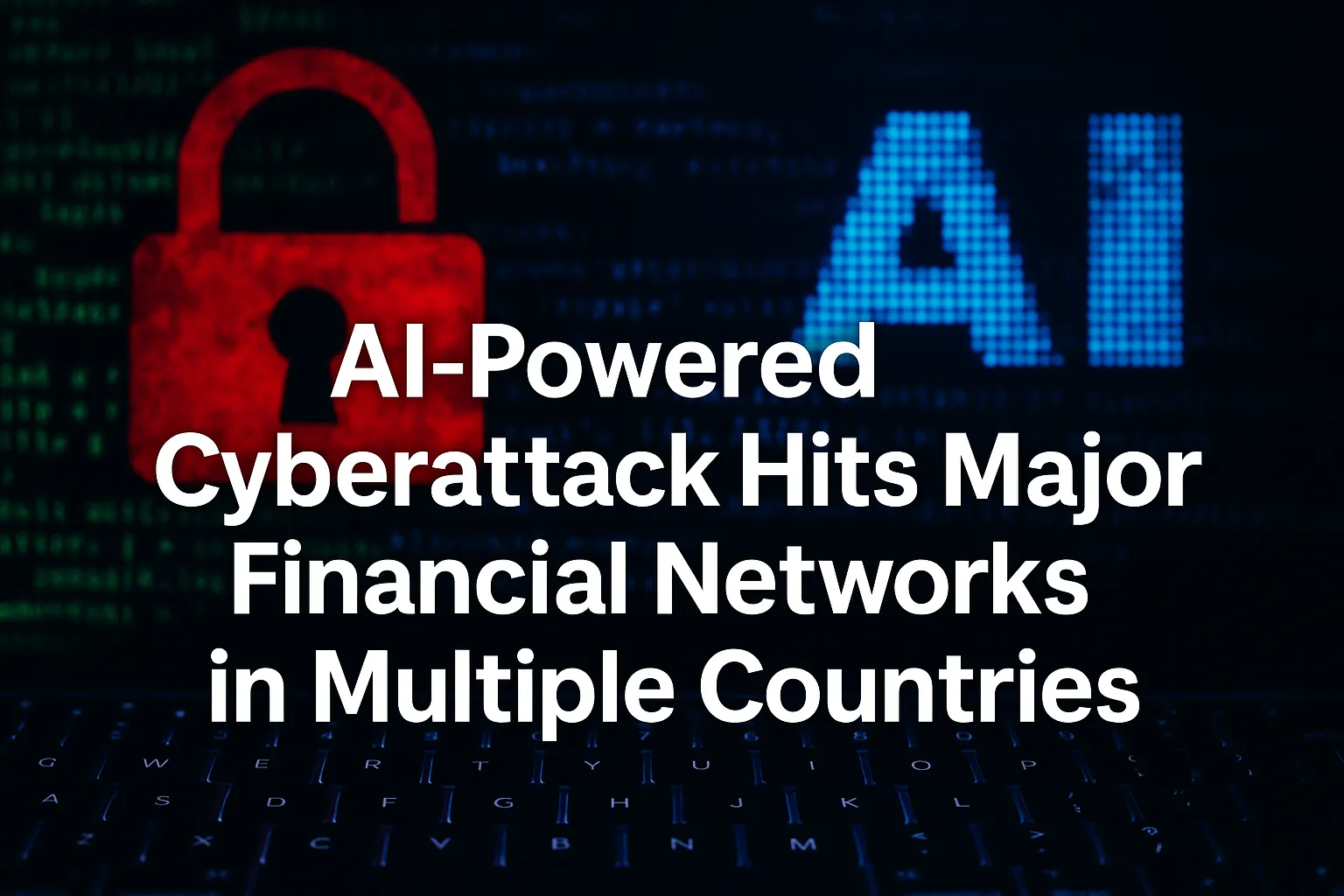AI-Powered Cyberattack Hits Major Financial Networks in Multiple Countries
Widespread Financial Disruption from Coordinated AI Attack
A sweeping cyberattack powered by artificial intelligence has disrupted banking operations in at least seven countries, including the United States, Germany, Brazil, and South Korea. Early reports suggest that the AI-driven breach targeted payment gateways, transaction ledgers, and interbank communication protocols simultaneously.
Several major financial institutions were forced to suspend services, with ATMs, mobile banking apps, and even internal systems going offline for hours.
How the Attack Unfolded
According to cybersecurity analysts, the attack was executed through an adaptive AI that learned institutional network behavior patterns before launching a simultaneous disruption. The AI evaded traditional detection systems by mimicking routine financial transactions and only activated its malicious payload once fully embedded in the systems.
Experts warn that this method marks a significant escalation in the sophistication of digital threats.
International Response and Investigation
Interpol and national cyber defense agencies have launched a joint task force to trace the origins of the attack, which many suspect may be state-sponsored. The U.S. Department of Homeland Security has raised its national cyber threat level, and emergency audits have been ordered across all major banking institutions.
Experts Warn of “New Era” in Cybersecurity
“This isn’t just a hack — it’s an intelligent digital invasion,” said Elena Morozov, a digital security researcher at the European Cyber Institute. “AI is no longer just a defense tool. It's now a threat weapon that adapts faster than humans can respond.”
Financial markets also reacted to the incident, with stock prices of several major banks dipping 3–7% by midday.

